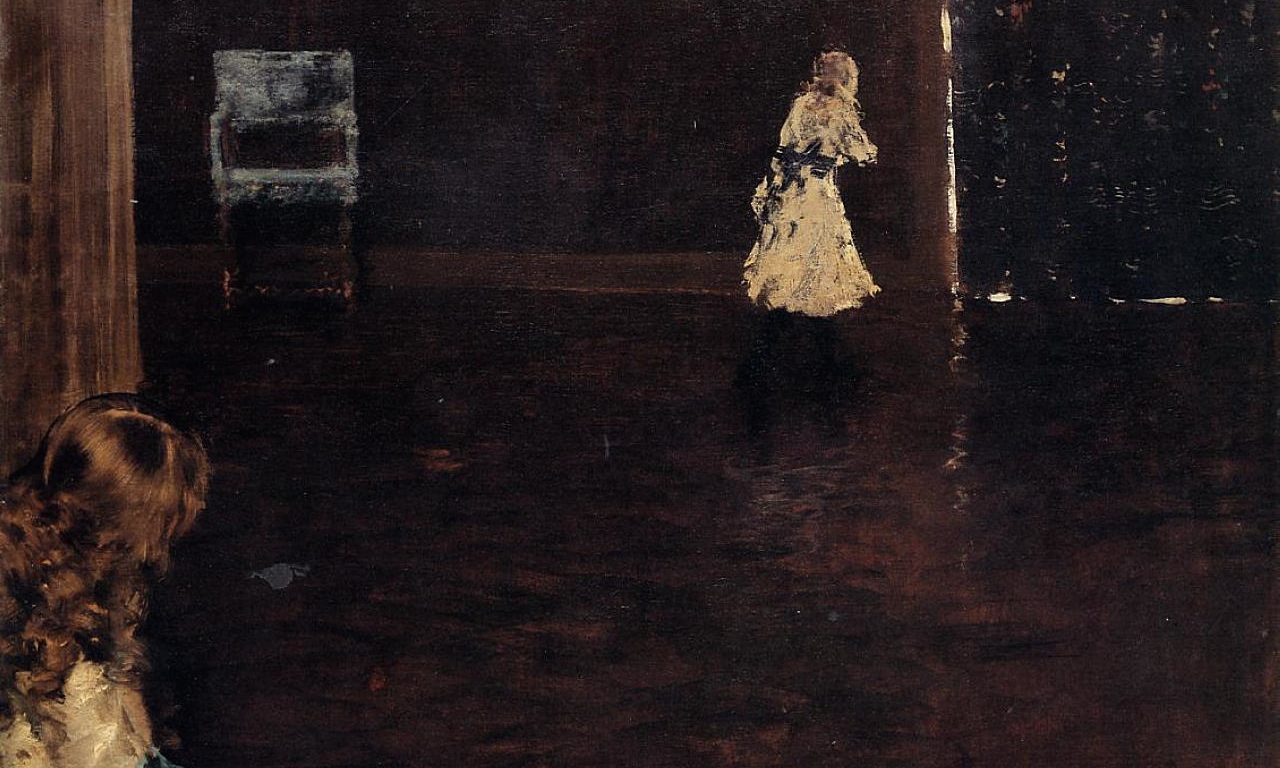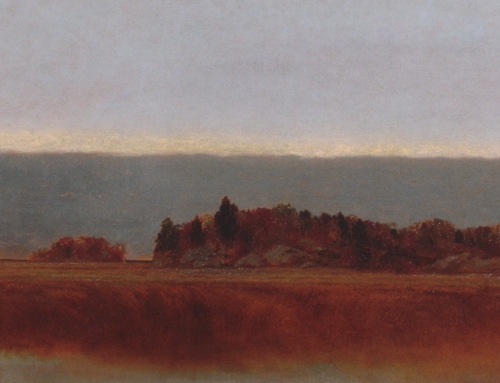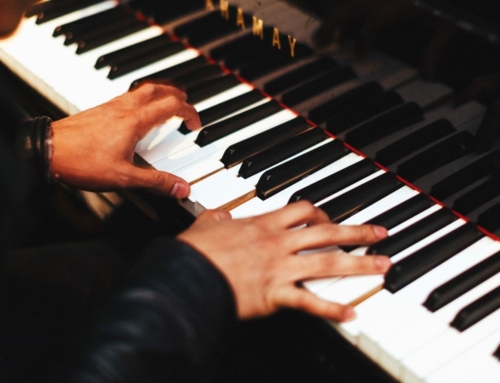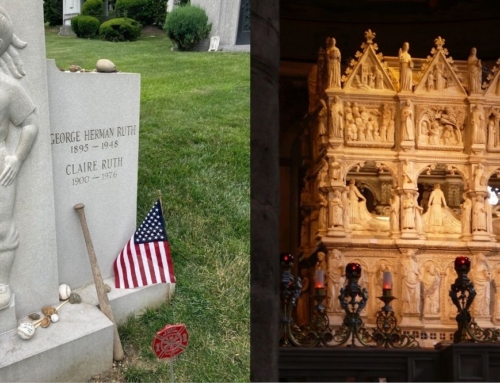I recently went to a Trappist abbey with some of my Dominican brothers near where we were spending our summer. We were blessed to be able to attend Vespers and a Holy Hour with the monks. While we all had a wonderful experience there, we remarked afterward that we wished we could have seen more of the abbey. Besides the chapel, the rest of the abbey was under strict enclosure, off-limits to visitors. While we were able to see where the monks prayed, and to pray with them, the rest of their life remained hidden to us. However, I don’t think only monks (or other religious) practice a hidden life. All of us, to some extent, have parts of our lives hidden away from the outside world. And while it may not be enforced by a strict rule of cloister, protecting appropriate hiddenness can be necessary for our interior lives to flourish.
A hidden life is simply any part of our life that we don’t allow unknown guests into. The time we spend with family, our traditions, prayer, and other sorts of basic parts of our daily existence all remain foreign to those with whom we are not close. This is good for several reasons, both for us, and for those whom we choose to keep at a distance. It allows us to develop more meaningful friendships and gives us the ability to grow without the eye of the world watching us. The shared bond of friendship, either Divine or human, is one that demands intimacy. Not just anyone can be allowed in, without the friendship being altered or even destroyed.
This is also for the good of “outsiders,” who might at first be put off by some behaviors. Certain things take a shared understanding or experience in order to appreciate. Like a secret handshake among friends, a special family tradition, or certain religious practices, only someone initiated into it can properly understand its value. Just as only Catholics not conscious of any grave sin are invited to receive the Eucharist, so too certain practices, if undertaken by those who are unready, can be harmful. Practices that at first may seem odd only gain their true meaning and merit for those who are prepared to experience them.
We know little about the early life of Christ, and even less about the life of Mary. While there may certainly be a valid interest in wishing we knew more, we must settle for what has been revealed to us. While we can assume that the Holy Family’s life together was spent in prayer and service of God, the details are left hidden. This too is for our good. I doubt we would be able to understand or grasp the depth of the day-to-day life of the Holy Family. For us, it is enough to know Mary’s virtue and role in salvation and the three years of Christ’s public ministry on earth. However, we do know the good effects that these interior lives produced. Like an iceberg, sometimes we only get a glimpse of a very small percentage, but can infer that great depths must be present.
While we all can’t be monks or perfectly imitate the Holy Family, the principle remains. Much of our lives demand an intimacy that necessitates privacy. Maybe not every picture ought to be shared or thought tweeted. Certain relationships demand an intimacy that must be protected. In order for these relationships to flourish, either with God or other men, the good must be safeguarded and treasured, in order for its good effects to spring forth in public.
✠
Image: William Merritt Chase, Hide and Seek







